Jorts, a portmanteau of “jeans” and “shorts,” have made a remarkable comeback in the fashion industry. Once considered a relic of the past, these versatile denim shorts are now a must-have item in wardrobes worldwide. This article delves into the market dynamics, key players, and regional preferences that have fueled the resurgence of jorts.
Table of Contents:
Market Overview
Design and Cut: The Evolution of Jorts
Materials and Fabrics: What Makes Jorts Stand Out
Seasonality and Cultural Influence
Target Audience and Pricing Strategies
Market Overview

The Rise of Jorts in the Apparel Industry
The resurgence of jorts in the apparel industry can be attributed to several factors, including changing fashion trends, increased focus on comfort, and the influence of social media. According to WGSN Insight Data 2023, the global denim market is expected to grow by USD 2.28 billion during 2023-2028, with a significant portion of this growth driven by the popularity of jorts. The rise of athleisure and casual wear has also played a crucial role in bringing jorts back into the spotlight.
The versatility of jorts makes them suitable for various occasions, from casual outings to more formal settings when paired with the right accessories. This adaptability has made them a favorite among fashion enthusiasts and influencers, further boosting their popularity. Additionally, the trend of upcycling and sustainable fashion has led to a renewed interest in jorts, as they can be easily customized and repurposed from old jeans.
Key Market Players and Their Influence
Several key players in the fashion industry have significantly influenced the resurgence of jorts. Brands like Levi Strauss & Co., American Eagle Outfitters, and H&M have been at the forefront of this trend, offering a wide range of jorts in various styles and cuts. According to Research and Markets, these brands have successfully tapped into the growing demand for casual and comfortable clothing, driving the market for jorts.
Levi Strauss & Co., for instance, has leveraged its heritage in denim to create a line of jorts that appeal to both nostalgic consumers and new customers. American Eagle Outfitters has focused on incorporating modern design elements and sustainable practices into their jorts collection, attracting environmentally conscious consumers. H&M, on the other hand, has capitalized on its fast-fashion model to quickly adapt to changing trends and offer affordable jorts to a broad audience.
Global Demand and Regional Preferences
The demand for jorts varies significantly across different regions, influenced by cultural preferences, climate, and fashion trends. According to Research and Markets, North America holds the largest market share for denim products, including jorts, driven by the region’s casual lifestyle and affinity for outdoor activities. The United States and Canada, in particular, have seen a surge in demand for jorts, with consumers embracing them as a staple for summer wardrobes.
In Europe, the popularity of jorts is also on the rise, with countries like the United Kingdom, Germany, and France leading the way. The trend of sustainable fashion has gained significant traction in these regions, with consumers opting for eco-friendly and upcycled jorts. The Asia-Pacific region, including countries like China, Japan, and South Korea, has witnessed a growing interest in jorts, driven by the influence of Western fashion and the increasing disposable income of consumers.
In conclusion, the resurgence of jorts in the fashion industry is a testament to their versatility, comfort, and adaptability to changing trends. With key market players driving innovation and regional preferences shaping demand, jorts are set to remain a popular choice for consumers worldwide.
Design and Cut: The Evolution of Jorts
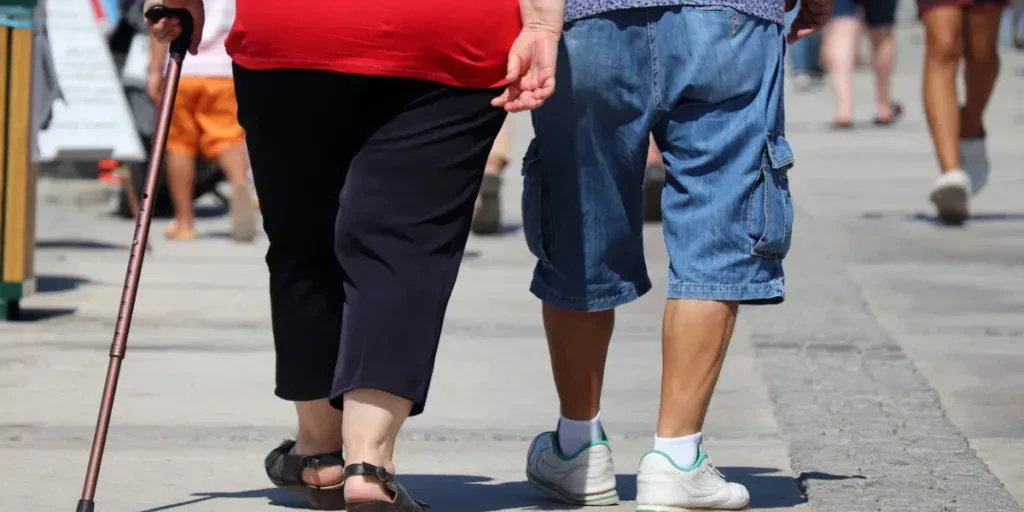
Popular Cuts and Styles
Jorts, or jean shorts, have undergone significant transformations over the years, evolving from a simple summer staple to a versatile fashion item. The Spring/Summer 2025 collections have showcased a variety of cuts and styles that cater to different tastes and preferences. One of the most notable trends is the resurgence of the #BaggyShort. These roomy, relaxed-fit shorts draw inspiration from skate culture and the 90s revival, offering a laid-back alternative to traditional trousers. Designers like Christian Cowan and Willy Chavarria have embraced this trend, presenting baggy shorts that range from knee-length to mid-calf.
Another popular style is the #ShortShort, which aligns with the #AthLuxe trend. These shorter shorts are designed to pair well with sophisticated pieces, creating a high-low #CityDressing look. The demand for shorter shorts has been fueled by the shift in proportions, offering more styling options for the modern man. Brands like Tibi and Coach have incorporated these shorter cuts into their collections, emphasizing comfort and style.
The #StraightLeg jean shorts are also making a comeback as a commercial alternative to wider silhouettes. These shorts feature relaxed fits with slouchy, stacked legs, providing a balance between comfort and a polished appearance. Designers such as Masu and JW Anderson have highlighted the versatility of straight-leg jean shorts, making them a key item for the upcoming season.
Innovations in Design and Functionality
The design and functionality of jorts have seen significant innovations, making them more appealing to a broader audience. One of the key trends is the use of #MaterialMix, which involves combining different fabrics and textures to create unique and eye-catching designs. This trend is evident in the use of patchwork and stitching, as seen in the collections of Valentino and Levi’s. These artisanal surfaces add a handcrafted and repaired look to the classic jorts, making them stand out in the market.
Another innovation is the incorporation of #UtilityDetails, which blend practicality with fashion-forward design. Utility-inspired elements such as cargo pockets, adjustable waistbands, and reinforced stitching enhance the functionality of jorts, making them suitable for various activities and settings. This trend is particularly popular in the #Workwear and #Utility themes, as seen in the collections of Dhruv Kapoor and Bluemarble.
The use of wash effects and dye techniques has also shaped the future of denim. Cloud-wash effects on bright indigo hues add a laid-back feel to an otherwise polished style, while acid washes and vintage fades bring a nostalgic touch to modern designs. These techniques, combined with embellishments like badged-up applications and released hems, create a diverse range of jorts that cater to different fashion sensibilities.
Materials and Fabrics: What Makes Jorts Stand Out
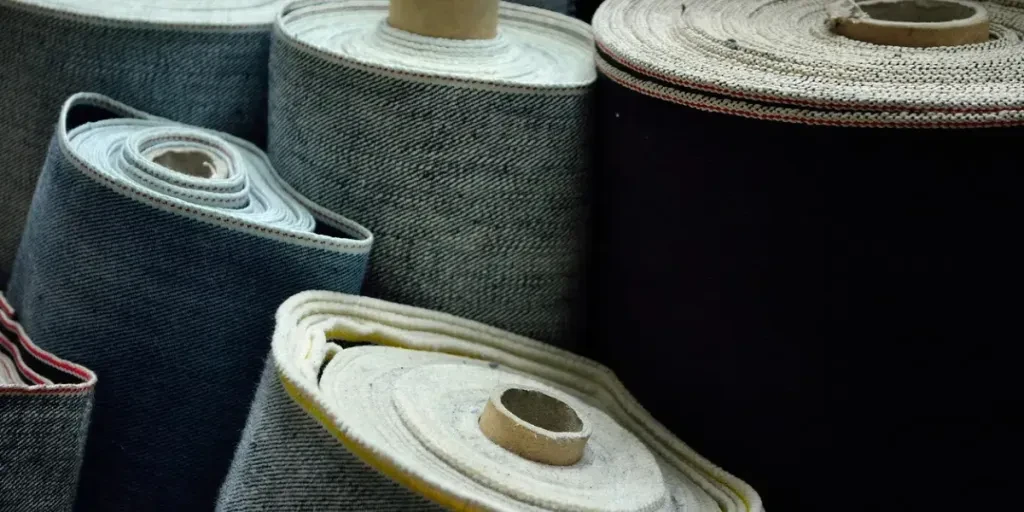
Sustainable and Eco-Friendly Fabrics
As the fashion industry continues to prioritize sustainability, the use of eco-friendly fabrics in jorts has become increasingly important. Sustainable materials such as organic cotton, recycled denim, and Better Cotton Initiative (BCI)-certified fabrics are being used to create environmentally conscious jorts. Brands like Harago and S.S. Daley have embraced this trend, incorporating fabric scraps and deadstock into their designs to reduce waste and promote circularity.
The use of sustainable fabrics not only benefits the environment but also enhances the appeal of jorts to eco-conscious consumers. By prioritizing materials that have a lower environmental impact, brands can attract a growing segment of the market that values sustainability and ethical production practices.
Comfort and Durability: Key Material Choices
Comfort and durability are essential factors in the design of jorts, and the choice of materials plays a crucial role in achieving these qualities. Denim remains the most popular fabric for jorts, offering a perfect balance of comfort, durability, and style. Lightweight and airy tailored fabrics, such as linen and cotton blends, are also gaining popularity, feeding into themes like the Italian Riviera.
The use of enzyme washes and softening treatments further enhances the comfort of jorts, making them suitable for all-day wear. These treatments create a softer, more flexible fabric that moves with the wearer, providing a comfortable fit without compromising on durability. Brands like Fendi and Hermès have showcased these materials in their collections, highlighting the importance of comfort and quality in modern jorts.
Seasonality and Cultural Influence
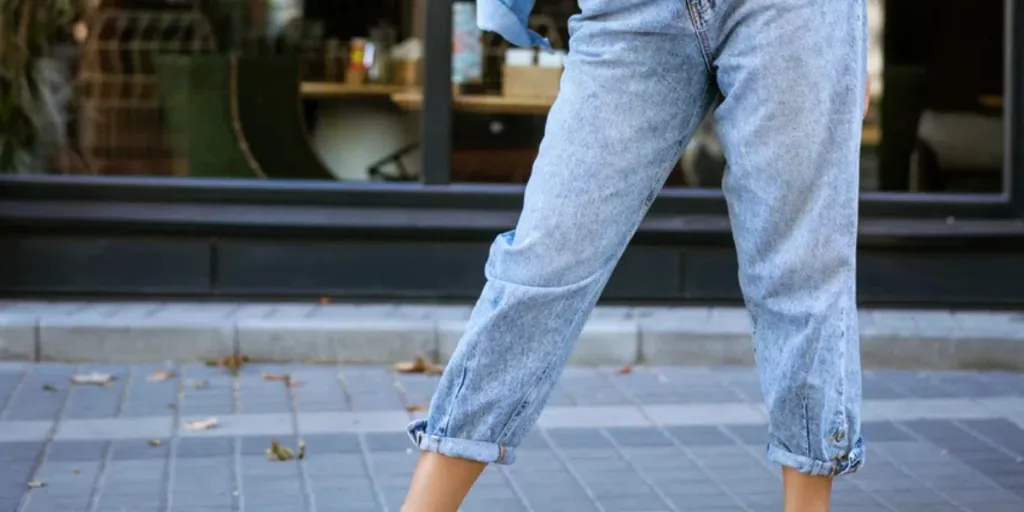
Jorts Across Different Seasons
Jorts are a versatile wardrobe staple that can be worn across different seasons, with designers adapting their styles to suit various weather conditions. For the Spring/Summer 2025 season, longer jorts that skim past the knee or reach 3/4 length are becoming more popular. These tailored styles, seen in the collections of Hed Mayner and Dries Van Noten, offer a smarter iteration of the classic jorts, making them suitable for both casual and formal settings.
In warmer months, lightweight fabrics and shorter cuts are favored, while in cooler seasons, layering and the use of heavier materials like denim and corduroy become more prevalent. The adaptability of jorts to different climates and occasions makes them a valuable addition to any wardrobe, ensuring their continued popularity throughout the year.
Cultural Trends Shaping Jorts Popularity
Cultural trends play a significant role in shaping the popularity of jorts, with influences ranging from nostalgia to contemporary fashion movements. The 90s revival and skate culture have brought back the #BaggyShort, while the #AthLuxe trend has fueled the demand for shorter, more sophisticated shorts. These cultural influences are reflected in the collections of designers like Bluemarble and Études, who draw inspiration from past decades and modern lifestyles to create stylish and relevant jorts.
The rise of #DenimOnDenim looks, which pair matching trousers and shirts for a refined take on casual wear, has also contributed to the popularity of jorts. This trend, seen in the collections of brands like Maison Mihara Yasuhiro and Junya Watanabe, blends practicality with fashion-forward design, making jorts a key component of contemporary wardrobes.
Target Audience and Pricing Strategies
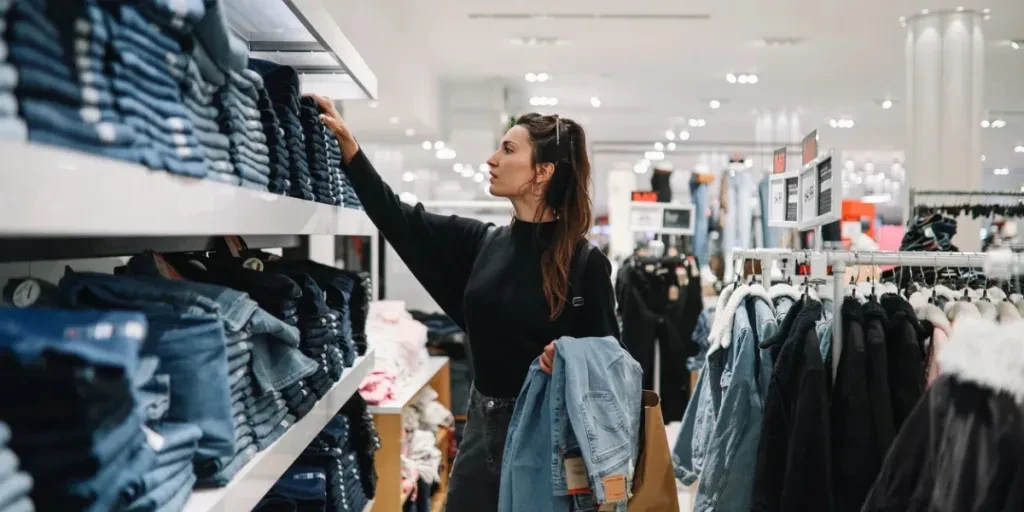
Who is Buying Jorts?
The target audience for jorts is diverse, encompassing various age groups, lifestyles, and fashion preferences. Younger consumers, particularly those influenced by skate culture and the 90s revival, are drawn to the relaxed and comfortable styles of #BaggyShorts. The #AthLuxe trend appeals to fashion-forward individuals who seek a balance between athletic and luxurious styles, making shorter jorts a popular choice.
Eco-conscious consumers are also a significant segment of the market, with sustainable and eco-friendly jorts attracting those who prioritize ethical and environmentally responsible fashion. The use of organic and recycled materials, as well as circular design practices, resonates with this audience, making sustainable jorts a key offering for brands.
Pricing Trends and Budget Considerations
Pricing strategies for jorts vary depending on the target audience and the materials used. Premium brands that focus on high-quality fabrics and innovative designs may position their jorts at a higher price point, appealing to consumers who value craftsmanship and exclusivity. On the other hand, more affordable options that prioritize comfort and practicality can attract a broader audience, including budget-conscious shoppers.
The use of sustainable materials and ethical production practices can also influence pricing, with eco-friendly jorts often commanding a higher price due to the costs associated with sustainable sourcing and manufacturing. However, as the demand for sustainable fashion continues to grow, economies of scale and advancements in production techniques may help to reduce costs, making eco-friendly jorts more accessible to a wider range of consumers.
Conclusion
The evolution of jorts reflects the dynamic nature of the fashion industry, with designers continuously innovating to meet the changing preferences and values of consumers. From the resurgence of baggy and short styles to the incorporation of sustainable materials and utility details, jorts have become a versatile and essential item in modern wardrobes. As cultural trends and environmental considerations continue to shape the market, the future of jorts looks promising, with new designs and materials set to redefine this classic garment for years to come.
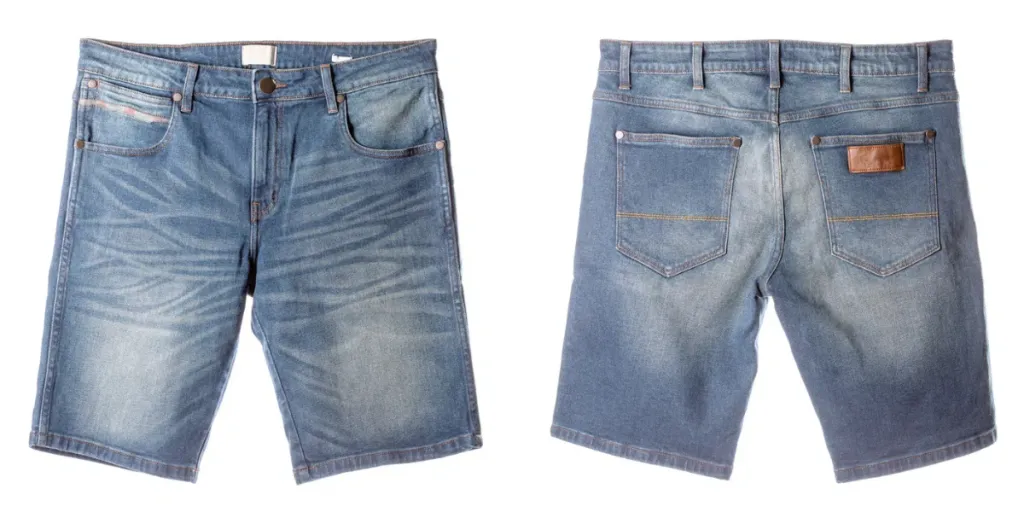




 Afrikaans
Afrikaans አማርኛ
አማርኛ العربية
العربية বাংলা
বাংলা Nederlands
Nederlands English
English Français
Français Deutsch
Deutsch हिन्दी
हिन्दी Bahasa Indonesia
Bahasa Indonesia Italiano
Italiano 日本語
日本語 한국어
한국어 Bahasa Melayu
Bahasa Melayu മലയാളം
മലയാളം پښتو
پښتو فارسی
فارسی Polski
Polski Português
Português Русский
Русский Español
Español Kiswahili
Kiswahili ไทย
ไทย Türkçe
Türkçe اردو
اردو Tiếng Việt
Tiếng Việt isiXhosa
isiXhosa Zulu
Zulu